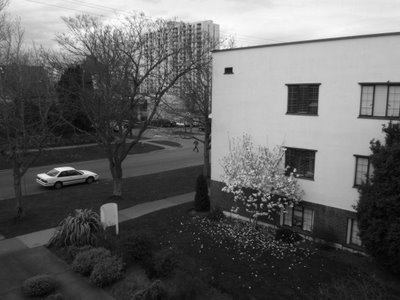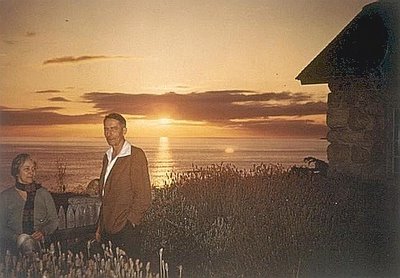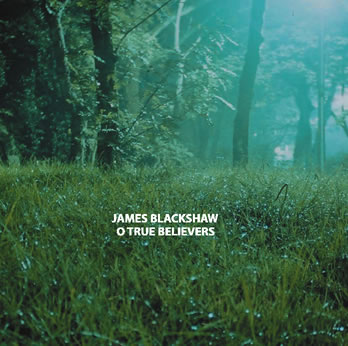 100 Views-1
100 Views-1
2006See that highrise in the background, the big white one? I've been eyeing this building since we moved here in December. It's located about a block away from our apartment, and it's very similar to Le Corbusier's Unité d'Habitation in Marseilles, which I posted about just a few days ago.
It's called View Towers, and it's infamous among Victorians for it's drug dealing, prostitution and all around 'squalor.' According to my Victorian ex-pat friend, there have also been a disturbingly large number of suicides on it's premises since it was built in 1972, including a particularly gruesome rooftop plummet that made headlines. But the only information I've been able to find online about the building, besides some rough architectural schematics, were posts by various Victoria bloggers poking fun at it's 'druggie' inhabitants and run down interior.
Personally, I can't take my eyes off it when I am walking anywhere nearby (which is pretty much everyday). It's so grotesquely oversized in relation to it's one and two story neighbours, and so weirdly monolithic in it's appearance that it almost seems like it could have been dropped smack into the middle of Victoria by a group of bored, giggling aliens (or bored, giggling modernist architects, whichever.)
I've wanted to make a photograph of it for a long time, but I didn't really know where to begin until I suddenly remembered that I often use the building as a directional landmark to get my bearings straight when starting my walk home from wherever my daily photo strolls take me. Thinking on this, my focus suddenly shifted, and something clicked.
So with a bow to the legacy of Katsushika Hokusai, and a tip of the hat to Robert Linsley, here goes...
 100 Views - 7
100 Views - 7










